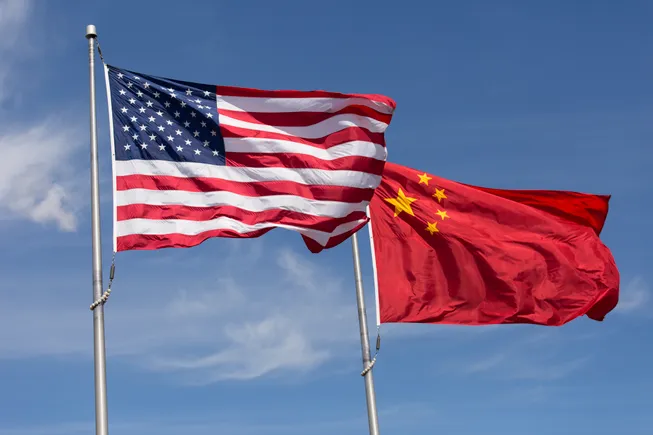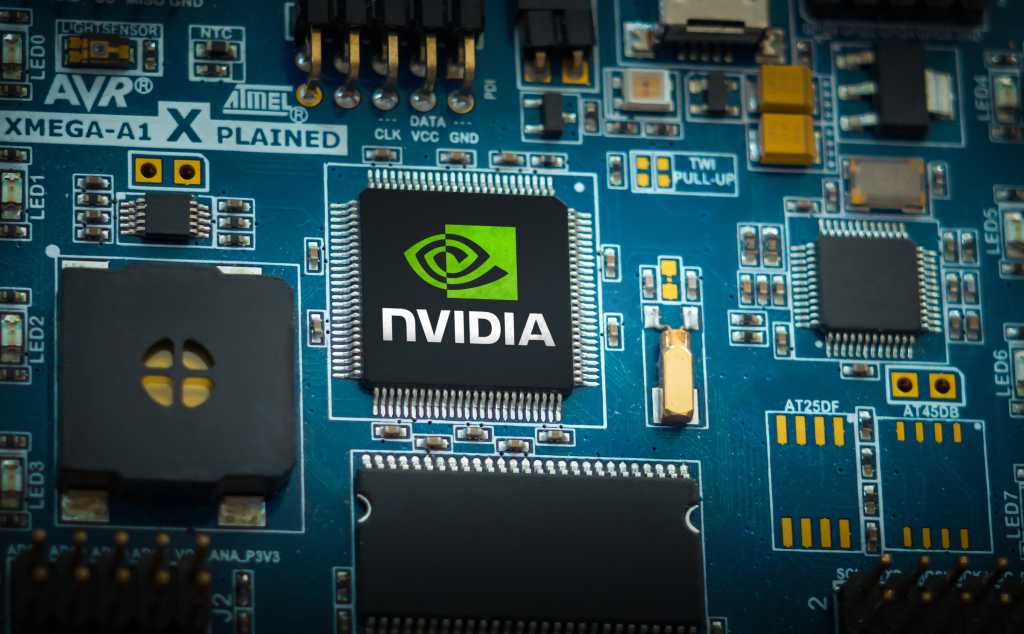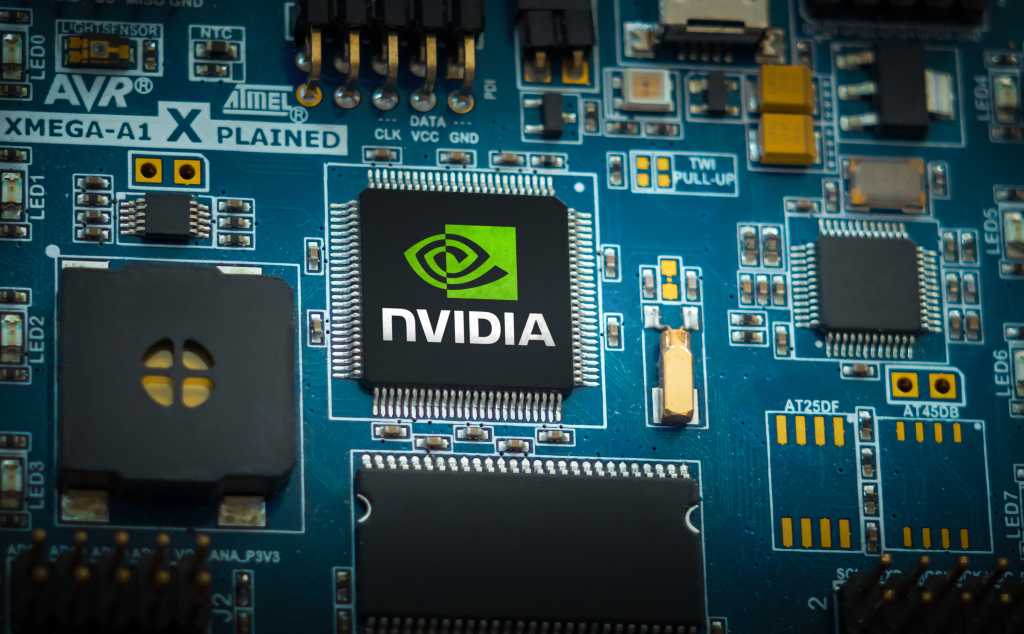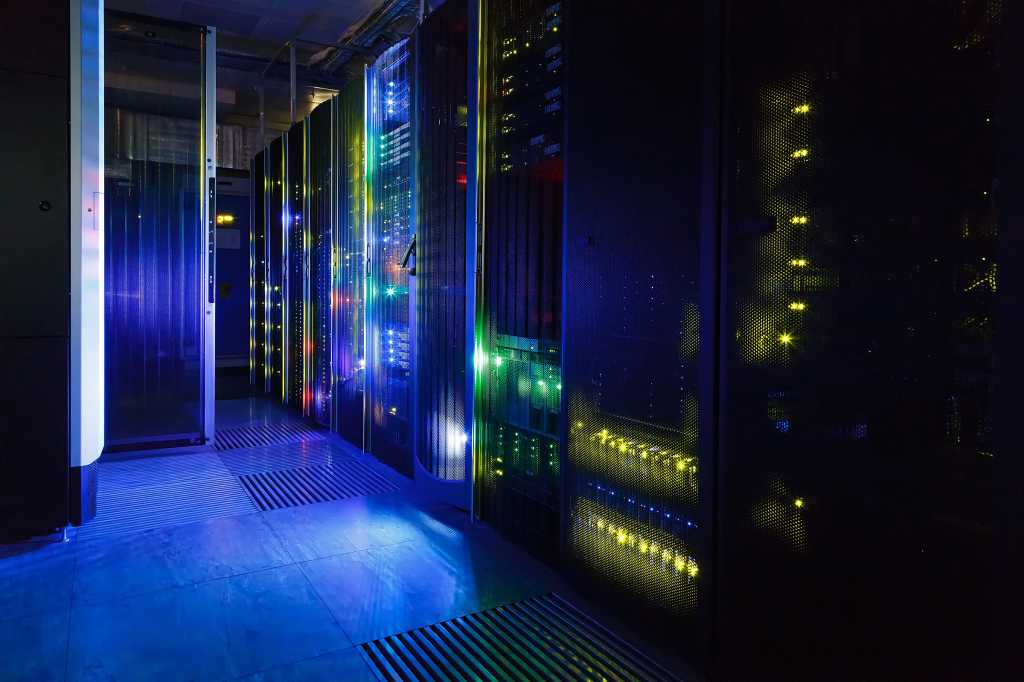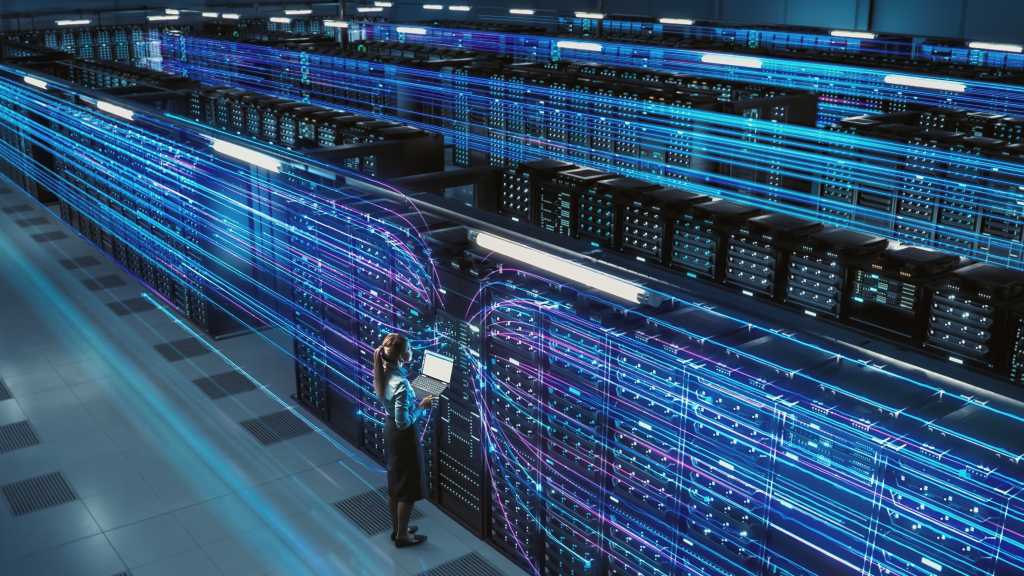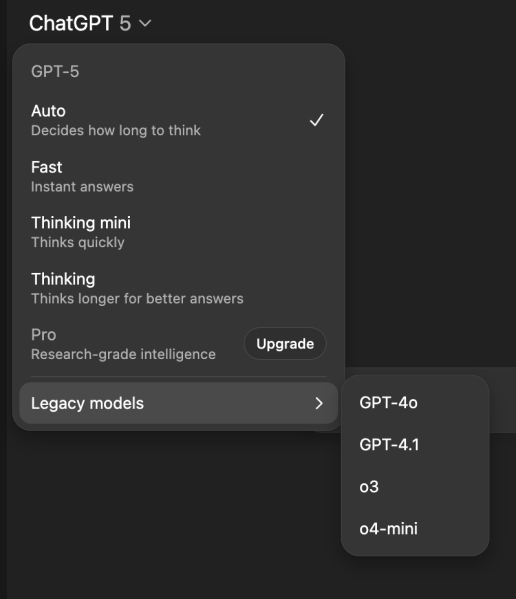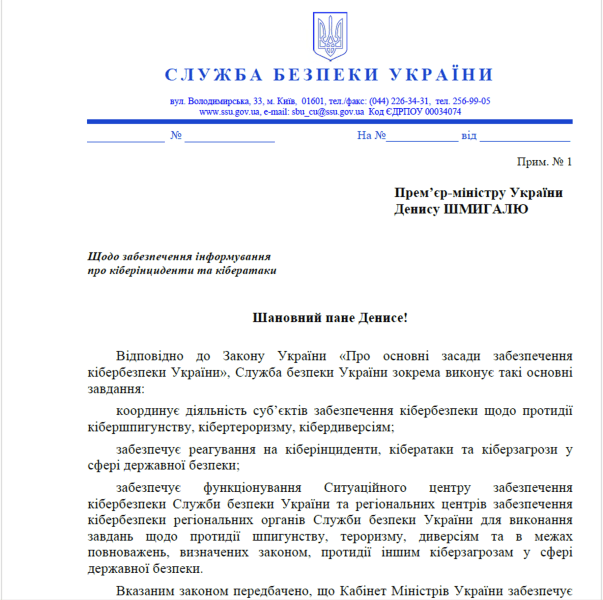
Chevron Corp. was ordered to return nearly 1 million barrels of Venezuelan oil to Petroleos de Venezuela SA in a blow to the oil major, which was working to secure crude before wrapping up operations in the country when a US sanctions deadline hits in May.
Venezuela’s state producer Petroleos de Venezuela, known as PDVSA ordered Chevron to return the ships Carina Voyager and Dubai Attraction, currently off the country’s coast, to port and discharge their load, according to people with knowledge of the situation.
“Chevron has returned crude oil shipments to PDVSA given the impossibility and restrictions imposed on it to pay for them to Venezuela,” Venezuela Vice President Delcy Rodriguez said in a statement on Friday evening, adding that the crude would be sold in international markets.
All remaining cargoes that Chevron had scheduled to load this month, a combined 5 million barrels of crude oil, were canceled, said the people, who asked not to be named because they aren’t authorized to discuss the matter publicly.
Chevron didn’t respond to requests for comment. The information was first reported by Reuters.
The move comes in the face of the US’s seeming return to a “maximum pressure” strategy with the South American country. The Trump administration has been sharply critical of the regime of Venezuelan President Nicolas Maduro. Houston-based Chevron was ordered by the US to halt its operation in Venezuela by May 27.
The Carina Voyager is loaded with half a million barrels of flagship Merey 16 oil and the Dubai Attraction holds 350,000 barrels of Boscan oil, a heavy crude used to make asphalt. The first loaded at the PDVSA terminal of Jose in Anzoategui state, the other in Bajo Grande in the state of Zulia. The surprise move of the Venezuelan government seemed to take Chevron off guard as the major had sent four other empty ships that were scheduled to load in coming days.
WHAT DO YOU THINK?
Generated by readers, the comments included herein do not reflect the views and opinions of Rigzone. All comments are subject to editorial review. Off-topic, inappropriate or insulting comments will be removed.
MORE FROM THIS AUTHOR
Bloomberg


